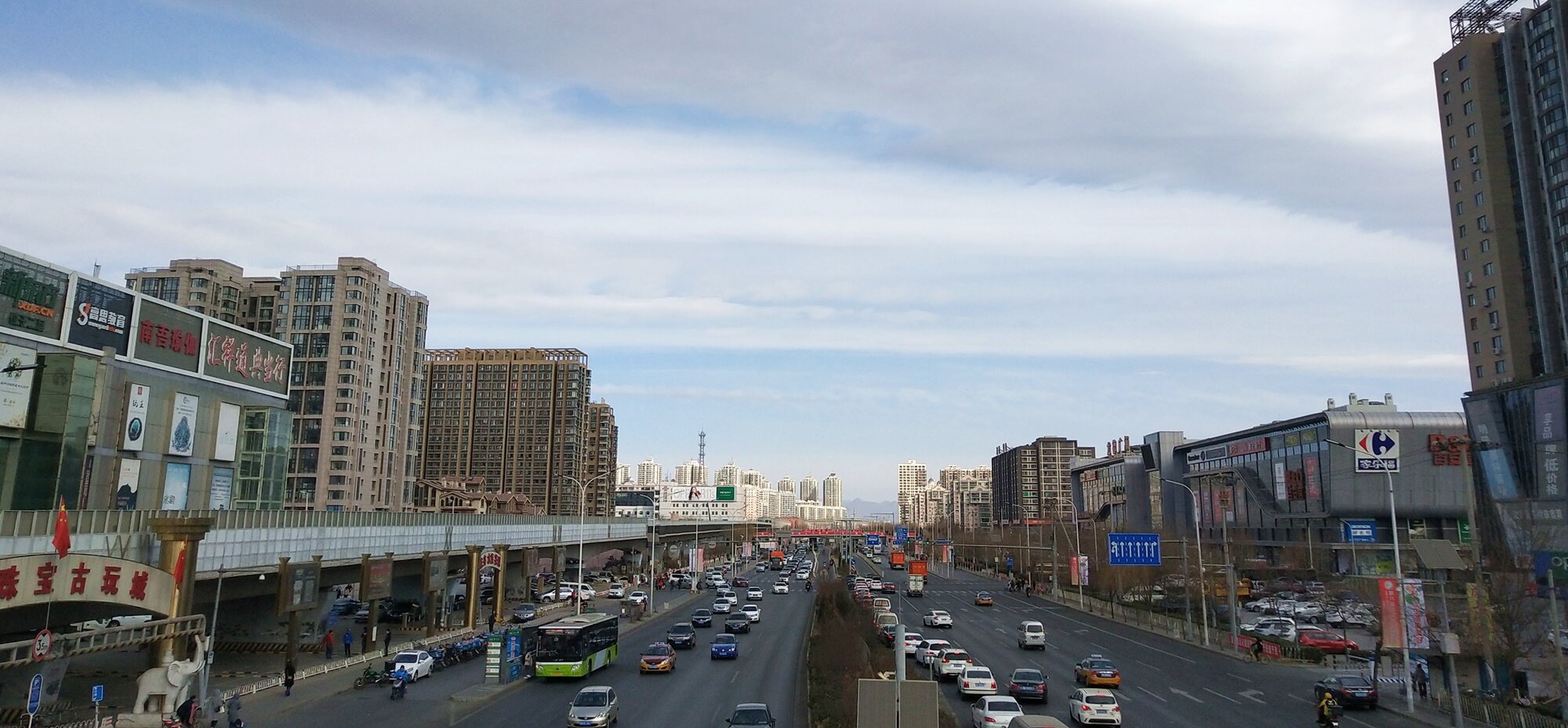Third Culture Kids in the 21st Century
In researching the experience of living overseas as a child, I looked specifically at the experiences of Third Culture Kids (TCKs) born after 1985. These young people grew up under the influence of the internet and all the changes that have come with that. These younger TCKs were twice as likely to identify as having lived in an “expat bubble”, more likely to have attended an international school, and far less likely to have attended boarding school (10% as opposed to 50%). More importantly, changes to travel and communication over time changed the emotional experience of TCKs.
The first research into TCKs was done in the 1960s. At this time, most families living abroad travelled by ship and spent years in the host country without returning. They had little if any contact with friends and family back home while they were away.
Today we travel from one continent to another in a matter of hours. Gone is the buffer of time and space that travel used to provide. One TCK, daughter of a TCK, said her mother talked about the ship journey as her time to process the experiences of one place so she had a clean slate, ready for new experiences in a new place.
The term TCK became more widely known in the 1980s, especially in mission communities. By this time, air travel was becoming more accessible and affordable. Most families travelled “home” once every two years. Communication with friends and family in other places was easier, but still infrequent.
Even as travel sped up, communication at this time was still slow. When a family moved, they were unlikely to stay in touch regularly. They created a new life with new people in a new place. They had the opportunity to truly BE where they lived, without competing relational priorities.
The situation for today’s TCKs is very different. The internet allows people to stay in touch—instantly, moment by moment, in words and voice and video. Children growing up abroad can video chat with grandparents around the world on a regular basis. Friends who move away from each other can keep in touch. TCKs can maintain connections with the people and places that matter to them, no matter where life takes them. These are all good and wonderful things!
“People who haven’t moved as much or as far do not understand that it is usual for TCKs to have more than one best friend. They are my best friend in this circumstance and this location. I don’t expect all of those friends to say I’m their only best friend, we all have many.
— Callie, 17”Misunderstood, page 16
The drawback is that all the time invested in relationships elsewhere is time that cannot be invested in person, where they live now. TCKs in the 21st century grow up juggling relational commitments in various places —various family members, best friends from each place they’ve lived in, friends they see in person once or twice a year. This is a huge benefit, but it adds to the experience of living in-between.
The advantage of cheaper and faster travel is the ability to, well, travel! Many younger TCKs I interviewed spend 2-3 months of the year outside the country in which they lived. They are able to see friends and family in other places more frequently. They are able to experience the passport country they are not actually living in. These are all good and wonderful things! The drawback is that they are caught more in-between than previous generations of TCKs.
“62% of TCKs born after 1985 said that ‘feeling in between’ was a significant part of their childhood experience (compared to 46% of older TCKs).”
Misunderstood, page 4
TCKs in the 21st century are less likely to live an immersed life in their host culture, and more likely to think they know their home country—only to move there and realise it’s both more and less than they thought. This means the Third Culture is becoming more important as a space of belonging and identity, a space of connection and understanding, a space of shared experience. TCKs share a childhood experience of living in-between, rather than living immersed fully in.
A version of this post was originally posted on China Source in August 2018. See the original post here.
